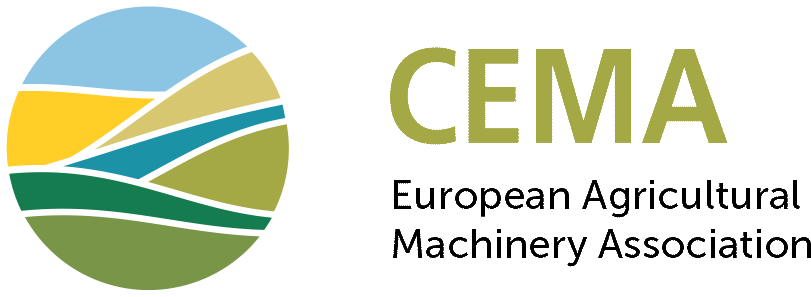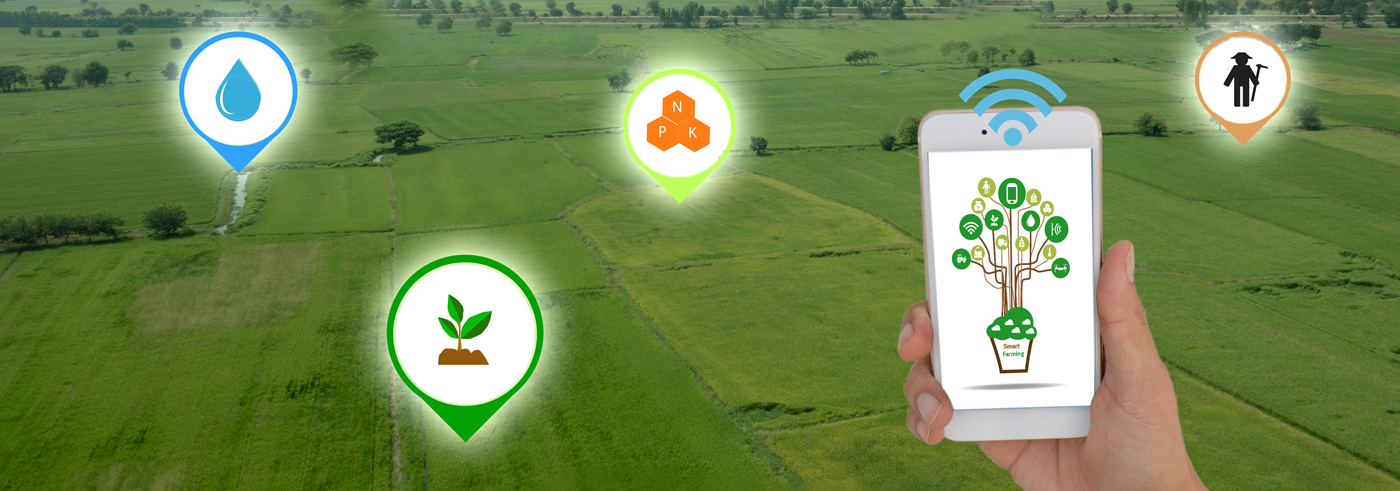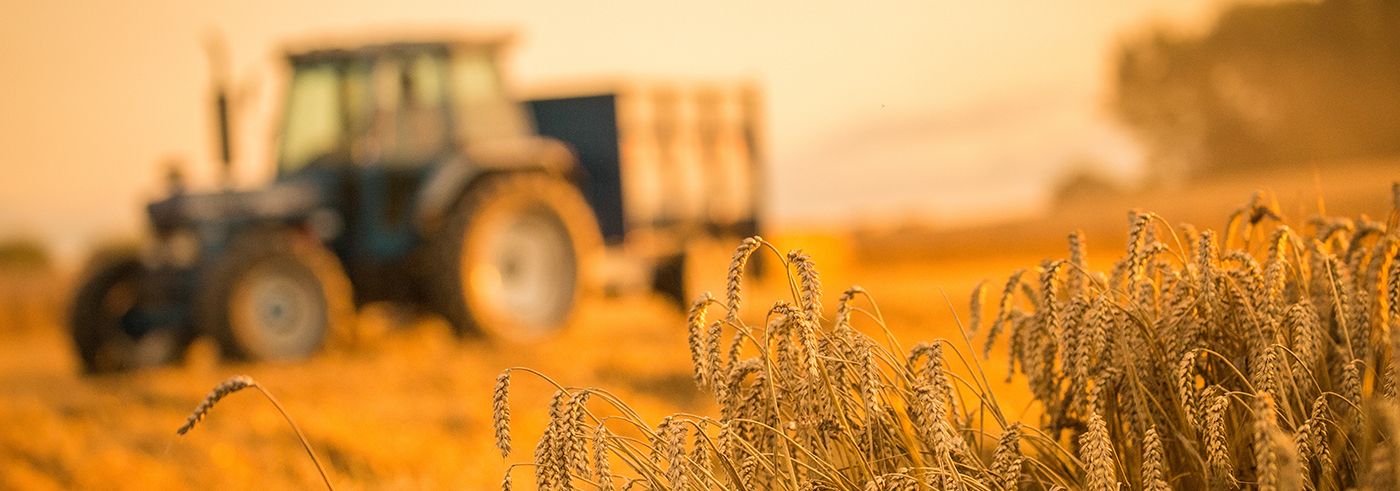Precision Farming
What is Precision Farming all about?
Precision Farming is about managing variations in the field accurately to grow more food using fewer resources and reducing production costs.
All aspects of the environment – soil, weather, vegetation, water – vary from place to place. And all these factors determine crop growth and farming success. Farmers have always been aware of this, but they lacked the tools to measure, map and manage these variations precisely. Thus, Precision Farming can make a difference to food production facing the challenge of a rising world population and can help farmers to achieve:
- Greater sustainability and environmental protection
- Higher productivity
- Economic benefits
Key technologies & concepts
Find below a detailed list of the most common technologies applied to Precision Farming practices, take a look at the following explanatory items:
- High precision positioning systems (like GPS and Galileo) are the key technology to achieve accuracy when driving in the field. With Galileo, the European global satellite-based navigation system, basic accuracy will be obtained much faster and will be retained more reliably.
- Automated steering systems: enable to take over specific driving tasks like auto-steering, overhead turning, following field edges and overlapping of rows. These technologies reduce human error and are the key to effective site management:
- Assisted steering systems show drivers the way to follow in the field with the help of satellite navigation systems such as GPS. This allows more accurate driving but the farmer still needs to steer the wheel.
- Automated steering systems, take full control of the steering wheel allowing the driver to take the hands off the wheel during trips down the row and the ability to keep an eye on the planter, sprayer or other equipment.
- Intelligent guidance systems provide different steering patterns (guidance patterns) depending on the shape of the field and can be used in combination with above systems. Controlled traffic farming can be applied using all these systems and serves to minimise the % of soil being compacted.
- Geomapping: used to produce maps including soil type, nutrients levels etc in layers and assign that information to the particular field location. (see picture on the left)
- Sensors and remote sensing:collect data from a distance to evaluating soil and crop health (moisture, nutrients, compaction, crop diseases). Data sensors can be mounted on moving machines.
- Integrated electronic communications between components in a system for example, between tractor and farm office, tractor and dealer or spray can and sprayer. These systems are still mainly proprietory.
- Variable rate technology (VRT):ability to adapt parameters on a machine to apply, for instance, seed or fertiliser according to the exact variations in plant growth, or soil nutrients and type.






